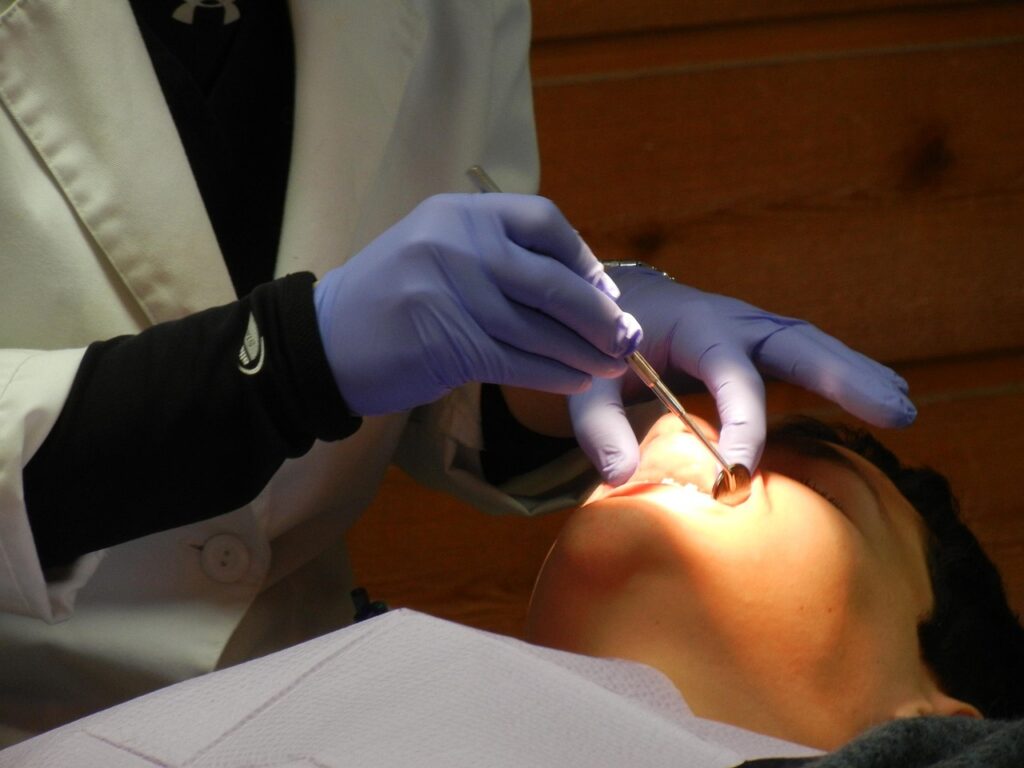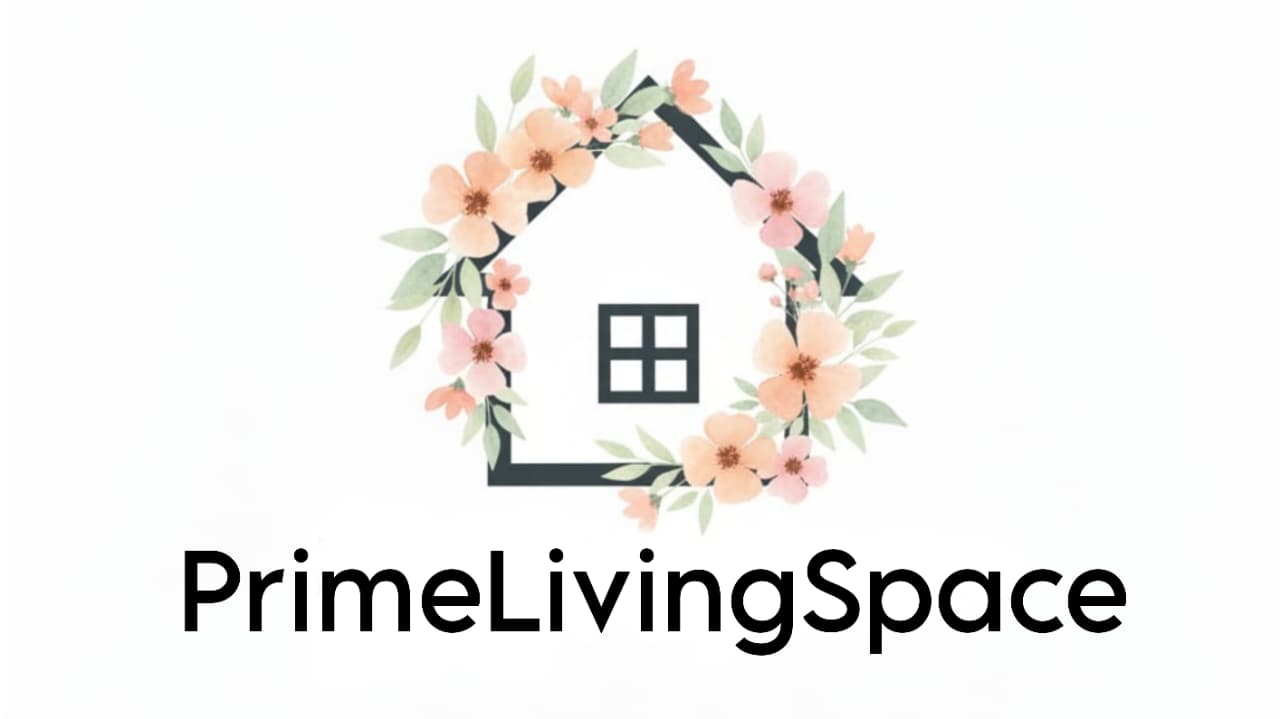If you have ever taken a sip of hot coffee only to feel a sting on the roof of your mouth, you know how uncomfortable it can be. Others may notice a sore spot that lingers for days without explanation. Many people search “why does the roof of my mouth hurt” when this sensitive area suddenly becomes painful.
In most cases, the cause is minor, such as a burn from food or a small ulcer, and it usually heals on its own within a week or two. Still, there are situations where palate pain signals something more serious that deserves medical attention.
This guide will walk you through the most common reasons for roof-of-mouth pain, the lesser-known causes that many overlook, and what steps you can take both at home and with professional help.

Quick Answer: The Most Common Reasons Your Mouth Roof Hurts
The roof of your mouth often hurts after burns from hot foods or drinks, which is by far the most frequent cause.
Canker sores and ulcers are another common reason and appear as small but painful white or yellow spots.
Cold sores caused by the herpes virus sometimes extend into the palate, producing blister-like lesions that tingle before they show up.
Oral thrush, a yeast infection, leaves white patches that can be wiped off and often occurs after antibiotic use.
Dental irritation, such as trauma from braces, dentures, or sharp foods, can also trigger soreness. Most of these problems heal within a week or two, but persistent or worsening pain is a signal to look deeper.
Understanding Your Palate
The roof of your mouth is divided into two sections.
The hard palate, located at the front, is the firm, bony part just behind your teeth, while the soft palate is the flexible, muscular section at the back leading to your throat.
Both are rich in nerves and blood vessels, which makes them especially sensitive. That sensitivity allows you to taste, chew, and swallow with precision, but it also makes the palate vulnerable to injury, infections, and irritation.
Checklist: How to Figure Out the Cause
If the pain started immediately after eating hot food or sipping a hot drink, a burn is the most likely reason.
A round sore with a white or yellow center suggests a canker sore. Red areas covered in tiny spots may point to strep throat, trauma, or mononucleosis. White patches that scrape off often mean oral thrush.
And if the discomfort lasts more than two weeks, it’s time to consult a dentist or physician. While this self-check can guide you, it is no substitute for professional care.
Common Causes Explained in Depth
Burns from hot foods and drinks, such as coffee, tea, or pizza, are the leading reasons people feel sudden pain on the roof of the mouth. These injuries usually leave the area red, tender, or even peeling, but the good news is that they tend to heal within a week if you stick to cool fluids and soft foods.
Canker sores, also called aphthous ulcers, are another common culprit. They often appear as small, painful spots with a white or yellow center and a red border. Stress, hormonal changes, or vitamin deficiencies may trigger them, and while they can feel intense, they usually fade within one to two weeks.
Cold sores, caused by the herpes simplex virus, may also affect the palate. These blisters often appear in clusters, sometimes following a tingling or burning sensation. Because they are contagious, extra care is needed to avoid spreading them to others.
Oral thrush, or candidiasis, results from yeast overgrowth in the mouth. It typically shows up as white patches that wipe away to reveal raw red tissue underneath. It is most common after antibiotic use, with inhaled steroids, or in people with weakened immune systems. Unlike canker sores or burns, oral thrush requires antifungal treatment from a healthcare provider.
Dental irritation can also lead to palate discomfort. Braces, dentures, or sharp edges of food may cause cuts or pressure sores. Sometimes an abscess or infection near the upper teeth radiates pain upward to the palate, which can feel very similar to other causes but requires dental treatment.
Overlooked and Less Talked-About Causes
Not all sources of palate pain are obvious. Small red spots, known as palatal petechiae, sometimes appear with strep throat, mononucleosis, or even after violent coughing fits. Another overlooked cause is allergic or contact stomatitis, where ingredients in toothpaste, mouthwash, or flavored dental floss trigger irritation.
In some cases, the pain in your palate may not even originate there. Conditions like trigeminal neuralgia, sinus infections, or temporomandibular joint (TMJ) disorders can cause referred pain that feels like it’s coming from the roof of your mouth.
For children, unique causes exist. Kids may develop temporary palate discomfort from Epstein pearls, viral illnesses like hand-foot-mouth disease, or minor trauma caused by putting toys or objects in their mouths.
When It’s Serious
You should seek professional help if the pain lasts longer than two weeks, if ulcers refuse to heal, or if you notice lumps, swelling, or growths on the palate. Trouble swallowing, speaking, or unexplained weight loss are also warning signs. In rare cases, persistent pain can indicate infections that require antibiotics or even early signs of oral cancer.
Home Remedies That Actually Work
Relief often starts with simple measures at home. Drinking cold fluids, sucking on ice chips, or rinsing with warm saltwater can soothe irritation. Over-the-counter numbing gels may help if used correctly. Avoiding hot, spicy, or acidic foods allows the area to recover faster. Sticking to soft meals such as yogurt or mashed potatoes is gentler on healing tissue. What you should avoid are harsh chemicals like hydrogen peroxide or alcohol, which can worsen irritation.
Professional Treatments
If the underlying cause requires intervention, a doctor or dentist may recommend antifungal medications for oral thrush, antiviral drugs for cold sores, or antibiotics for bacterial infections. Dental treatment may be necessary if an abscess or appliance is causing the irritation.
Telehealth and Self-Documentation
If you cannot reach a provider right away, telehealth can be a good first step. Taking clear photos of the palate under good lighting and keeping track of when the pain started and what makes it better or worse can help a doctor assess the situation remotely. Always mention accompanying symptoms such as fever, sore throat, or fatigue, as these can guide diagnosis.
Prevention Tips
Preventing roof-of-mouth pain often comes down to everyday choices. Let food and drinks cool before consuming, and drink plenty of water to prevent dryness. Managing stress and maintaining a diet rich in vitamins can reduce canker sore frequency. Avoid mouth products with harsh alcohol or chemicals, and keep up with routine dental visits to catch small issues before they become big problems.
FAQs
Why does the roof of my mouth hurt when I eat?
The most common causes are hot food burns, sharp foods, or canker sores. If the pain persists, it may be best to see a dentist.
Can dehydration cause roof of mouth pain?
Yes. Dehydration can dry out sensitive tissues, leading to soreness or irritation.
Why does my child’s roof of mouth hurt?
In children, palate pain can be caused by viral illnesses, normal growth spots like Epstein pearls, or injuries from objects placed in the mouth.
How long does a burn on the roof of the mouth take to heal?
Most burns recover in three to seven days. Avoiding hot or spicy foods speeds healing.
Should I see a doctor or a dentist for palate pain?
Dentists are usually the first step for oral-related issues, but if your symptoms include fever, systemic illness, or non-healing sores, seeing a doctor is important.
Conclusion
Most cases of pain on the roof of the mouth are temporary annoyances caused by everyday issues like burns or canker sores. However, lingering or unexplained pain deserves closer attention. By understanding the common causes, paying attention to overlooked ones, and knowing when to seek medical care, you can protect both your oral health and your overall well-being.
Related Content:
HomeAide Home Care: A Complete Guide to In-Home Support for Seniors and Families



